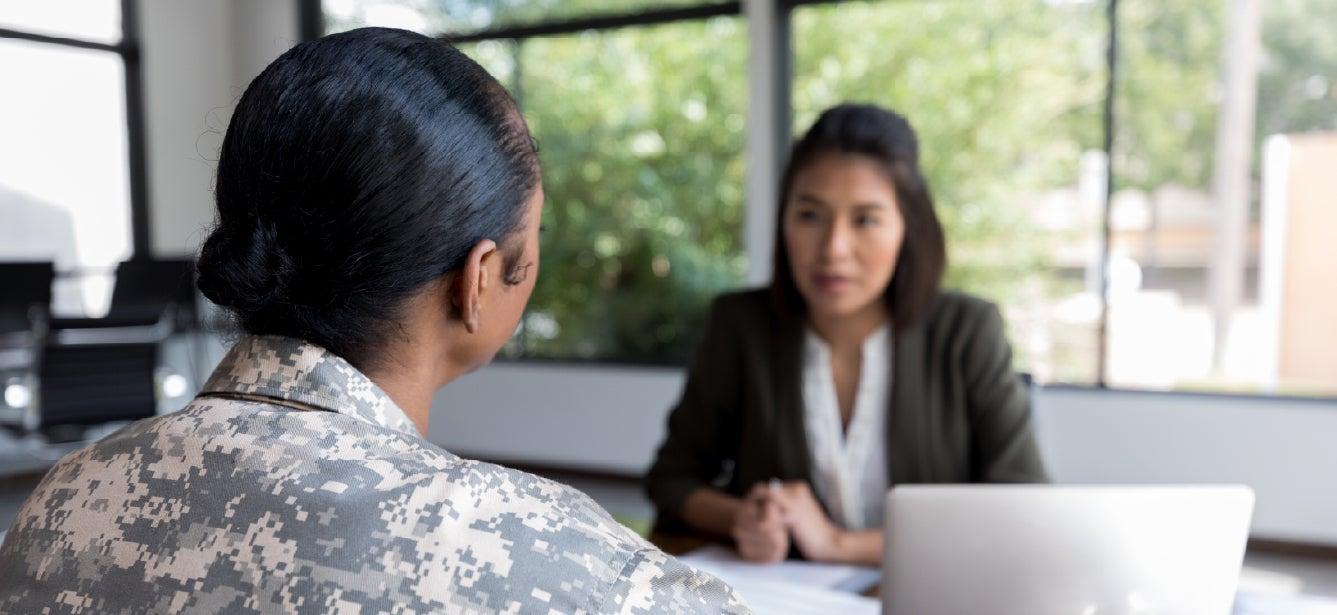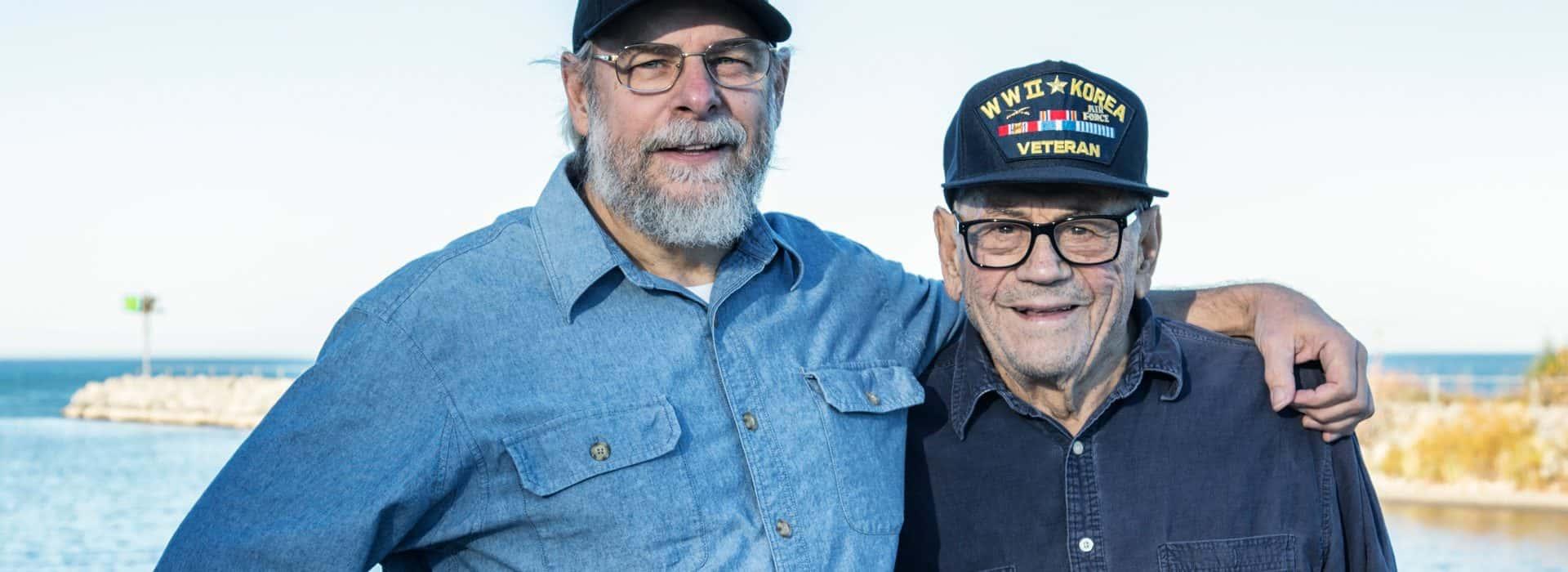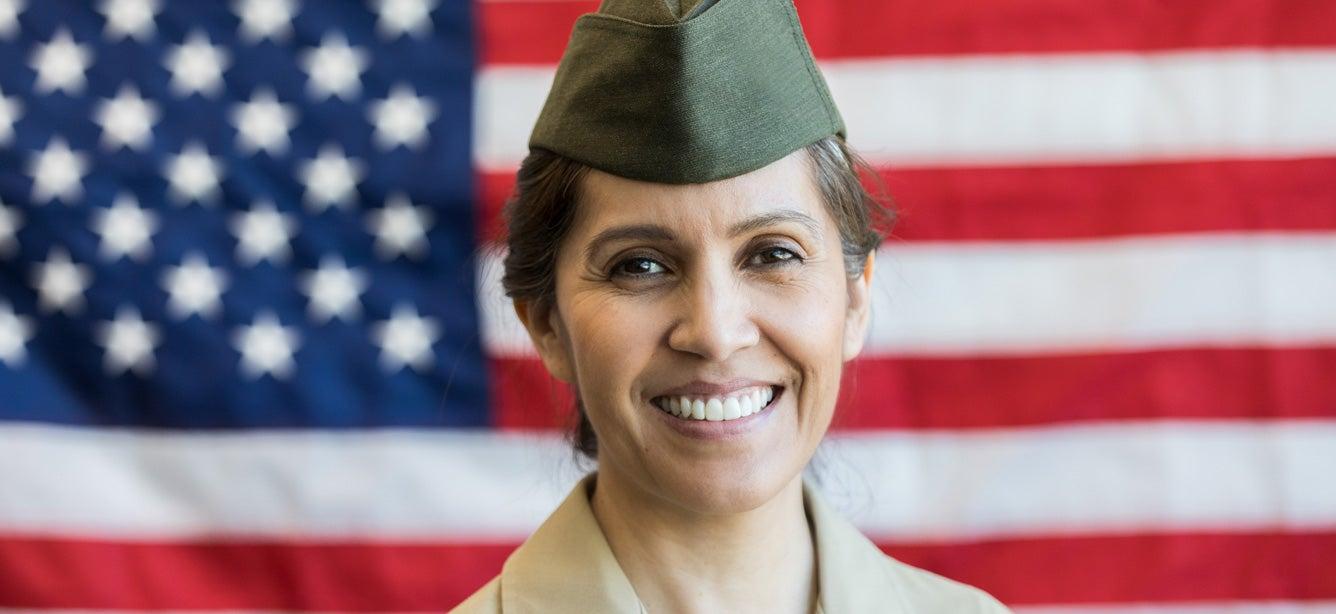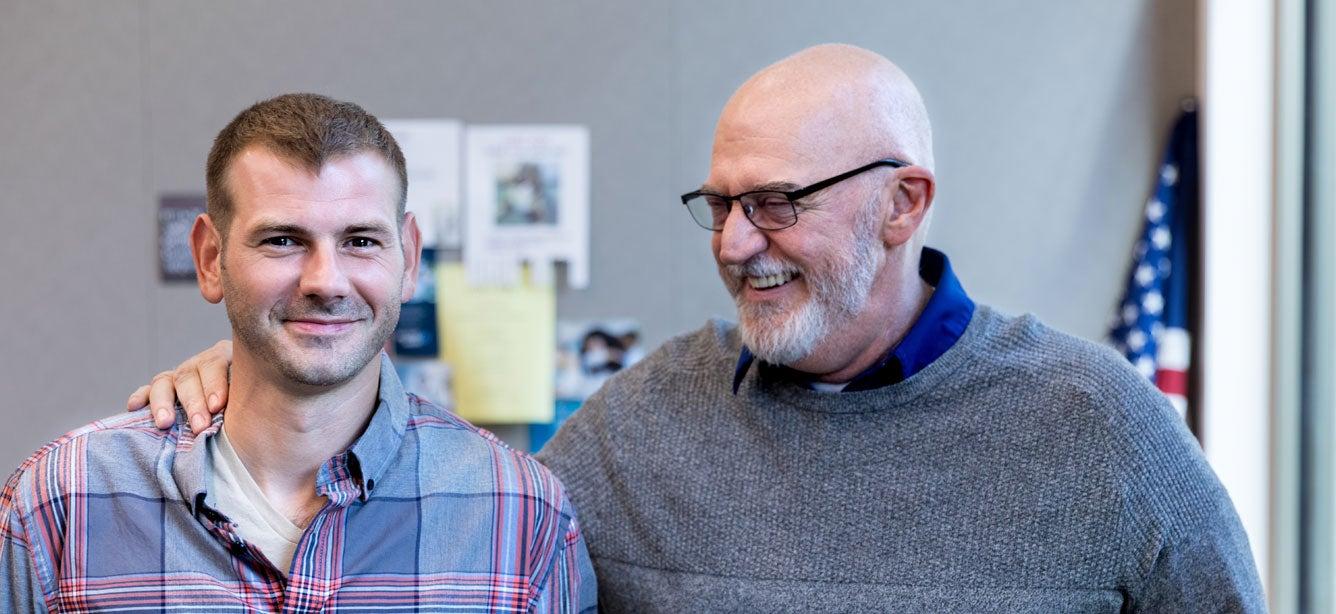
Women veterans are valued members of our society who made sacrifices for their country. They’re also the least likely to be enrolled in benefits that their service has earned them. The reasons why are a mystery the VA Center for Women Veterans (CWV) intends to solve.
A 2021 CWV survey set out to find the reasons women weren’t using benefits they earned through their U.S. military service. As part of the survey, CWV also asked participants about military sexual trauma (MST) to see if there was any correlation between MST and correlate women veterans applying or not applying for benefits.
Invisible women veterans: A history of reluctance
Women have served since the American Revolution, yet they haven’t received the same public recognition earned by their brothers. This is due to social structure and a longstanding culture of dismissing women’s military service. As a result, women, especially older women, have historically been hesitant to discuss their service and call themselves veterans.
For instance, little is known or said of the more than 50,000 women who served in Korea and 265,000 who served during the Vietnam War. Many may not claim their veteran status or acknowledge service-related disabilities, injuries, and illnesses. While the median age of Korean War veterans is 81, and 68 for Vietnam veterans, these women likely don’t come to mind.
Their conditions may include:
- Arthritis
- Hearing Loss
- Incontinence
- Dementia/Alzheimer’s
- Depression or Anxiety
- PTSD
It is possible they also experienced military sexual trauma they have never discussed or for which they never received treatment and/or benefits.
How older women veterans view VA benefits
During the first and second quarter results of the CWV Survey, the largest subset of women veterans (1,139) without compensation benefits were women age 50 and older, all veteran and retired military. Of this group, 854 never used any benefits, 499 did not know they were eligible, 201 were ineligible, and 190 stated they have not had the time to look into benefits. Only 32 said they did not wish to apply. All 1,139 women stated they have military sexual trauma.
Some of the statements women gave about why they have not applied for benefits:
- “I have healthcare benefits through my employer.”
- “Tried to do it online and found out that I couldn't go back to correct a screen. Guess I need to find a physical location and try again because I really want to get into the VA system.”
- “I am on SSDI since 1999 and have Medicare Advantage Plan with Medicare Parts A & B.”
- “I don’t need to apply for benefits, I have my husband’s.”
Susan B. Anthony famously said, “Every woman must have a purse of her own.” Even if her husband has benefits, a woman veteran is deserving of her own.
At age 65, women veterans begin to see a drop in income due to retirement, a spouse’s death, or a draw down of retirement plans and savings. But the tax-free VA compensation benefit paid for service-connected disability benefits can help women veterans living at or near poverty.
Employer health insurance provided is an out-of-pocket expense. A service-connected rating of 50% or higher entitles a veteran to 100% health coverage at a VA medical facility, saving them the monthly expense of health insurance.
Can you have VA benefits and Medicare?
Why have VA benefits even though you have Medicare? Even if you have less than a 50% service connection, you have coverage for your disability. The rest of your care may be fully or partially covered based on your income. VA works with Medicare and, based on your income and what’s covered under your VA disability rating, you may find you can revisit your Medicare supplement insurance (known as Medigap), which saves you money out of pocket. A VA enrollment specialist or the VA website can help you learn more.
Compensation benefits are tax free income that increases your financial security. This is beneficial to you even while you are earning an income, when you retire, and especially if you have a low income.
VA offers many specialty services for aging veterans, but too often women veterans especially are unaware of these benefits, which include:
- Veterans Homes
- Aid and Attendance benefits
- Housebound benefits
- Geriatric and long-term care programs
- Home and community-based services
How can I help connect women veterans with benefits and services?
As partners and providers, you play an important role. Too many aging women veterans leave money and services on the table because they are unaware of their eligibility, or they just are not applying for their earned benefits.
As health, social service, and community providers, start by asking women who come into your agency if they served in the military. But instead of asking “Are you a veteran?” change the question to “Did you serve in the military?” It’s been found that by simply changing the question, more women are likely to answer yes.
Show women veterans you see them and acknowledge their service. If you have images of veterans or service members in your building or office, be sure they include women.
The sooner you know available resources, the sooner you can make referrals. Learn which ones serve veterans in your area, especially any that are women veteran-focused.
Filing a claim can be daunting, especially for those who have military sexual trauma, post-traumatic stress disorder, or other mental health disorders. It can also be daunting for women who have previously filed a claim and been denied. The Veterans Benefits Administration (VBA) has made great strides in recent years to improve their claims process. Of claims filed from 2018 to 2022, 83% were granted for women veterans and 80% for men. For MST claims, 81% were granted for women and 71% for men.2 One study found that promoting women’s early use of Veteran Service Officers to help them with their disability applications makes the process less overwhelming.3
Use the VA’s online search tool to find out who your local veteran service officers are, and be ready to provide them as resources.. Be prepared to offer them mental health resources too as filing claims can be emotionally and mentally draining. You can find resources about MST, elder care, research and more on the Center for Women Veterans website.
Together, we can help women veterans increase their financial and health security, allow them to age with the dignity of a warrior whose time it is to stand down and let them know that the community has her six.
NCOA hosts the annual Older Adult Mental Health Awareness Day to highlight critical issues in addressing mental health needs as we age.
This article is supported by the Administration for Community Living (ACL), U.S. Department of Health and Human Services (HHS) as part of a financial assistance award totaling $5 million with 100% funding by ACL/HHS. The contents are those of the author(s) and do not necessarily represent the official views of, nor an endorsement, by ACL/HHS, or the U.S. Government.
Sources
1. Characteristics of Female Veterans—An Analytic View Across Age-Cohorts: 2015. U.S. Census Bureau. August 2017. Found on the internet at https://www.census.gov/library/publications/2017/acs/acsbr15-03.html
2. Detailed Claims Data—Veterans Benefits Administration Reports. U.S. Department of Veterans Affairs. Found on the internet at https://www.benefits.va.gov/reports/detailed_claims_data.asp
3. Chrystal, Joya et al. Women Veterans' Attrition from the VA Health Care System. Women's Health Issues. March/April 2022. Found on the internet at https://pubmed.ncbi.nlm.nih.gov/34972600/



